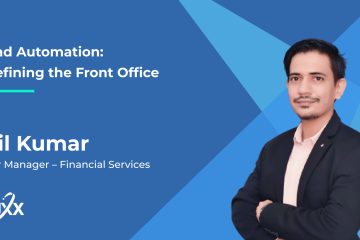What do you think are the primary reasons for an online business to not make it as much as it was intended to? Lack of a market need, unsustainable business model, inappropriate software choices, no strategic marketing, and so on. In this context, one factor that looms large in the product development scene is cost. Cost is an important contributor that determines the success of a product. It is therefore important to identify and understand the need to build a cost-effective solution and take note of the factors that contribute to building a successful and efficient marketplace model.
In this blog, let’s discuss ways on how to control costs while building an online marketplace solution.
1.Conduct extensive research
Before you venture into building a full-length online marketplace solution for your audience, consider understanding nuances of your audience and the industry that you are building it for. A good step in this direction is to conduct adequate research of your audience, segment them based on their preferences segmentation and offers ease of use to users as well as works as a cost-efficient model. The primary reason behind this is to avoid ambiguity in drawing up the requirements. This can also help prevent sloppy haphazard design, improper functionality, and lack of specificity.
2. Keep it simple
Well-focused product development teams tend to get carried away with the need to innovate and lose focus and end up building a product with innumerable features that incur huge costs, some of which may be absolutely unnecessary. This might be a great product in terms of impressing fellow technological enthusiasts but may prove less useful for an average consumer. rave simplicity. This is when the need to keep it simple and precise comes into play.
3.Focus on a specific niche/industry
While approaching the process of building a marketplace model, it is a great idea to keep your focus limited to a specific industry rather than considering inclusion of multiple industries under one roof. This helps in increased product segmentation and offers ease of use to users as well as works as a cost-efficient model.
When you narrow your target users, you can bring greater value with the same or even lower expenses. That is the reason we highly recommend you to build an online marketplace solution with a single niche.
4.Minimize prototyping
Prototyping is essential to the success of any product or solution, but the back-and-forth cycles of testing a prototype, tweaking the design, building another prototype, further tweaking the design can get expensive. One way to address this is to build a minimum viable product (MVP) before full-fledged software development. An MVP allows you to provide your users an opportunity to use your product and provide feedback quickly. With the audience feedback, you can derive pointers on the product map and devise appropriate strategies to market the product. This, in turn, helps you test the product before committing to an extensive budget.
5.Get the right development team on board
Conduct due diligence in choosing a development team that can build your online marketplace solution. Get experienced developers with adequate domain knowledge to save on initial costs, both operational and management. With experienced people on board, ensuring quality will be fairly straightforward. While choosing an eCommerce app development team, ensure that they take into consideration your needs to custom build solutions rather than following a one-size fits all approach. They will also be able to recommend a suitable tech stack that fits your concept and audience needs. Also understand if the development team has experience in creating products similar to your needs and follows industry best practices.
So the question remains: How do we make it cost-effective and cheaper without compromising on quality? There is no single answer to this. The best bet would be to keep the focus simple instead of looking to build building high-level efficiencies into the product development process right at the outset. This can often be counterproductive and end up generating more costs than generating the much needed savings. Talk to us for more on this and make your way to saving heavy bucks on your robust online marketplace solution! Also, for further reading, check our blog on the comprehensive steps involved in building a successful online marketplace for your business.


